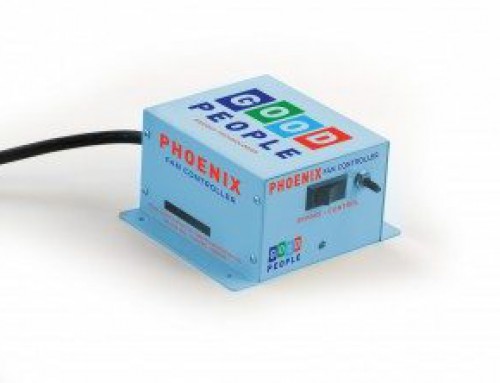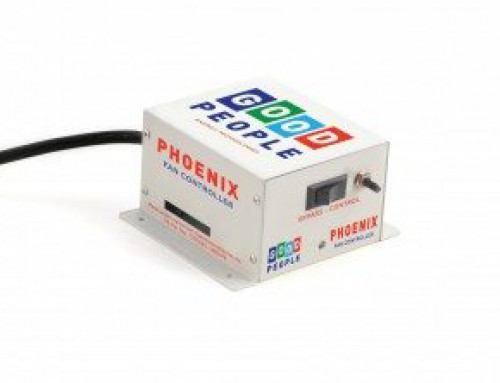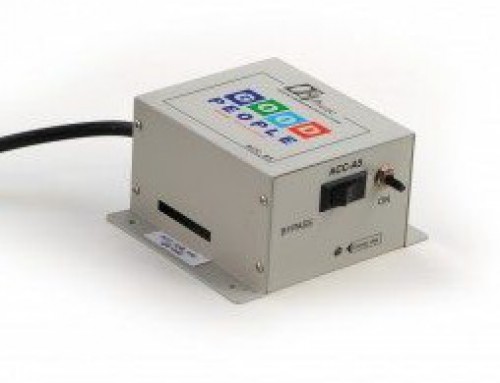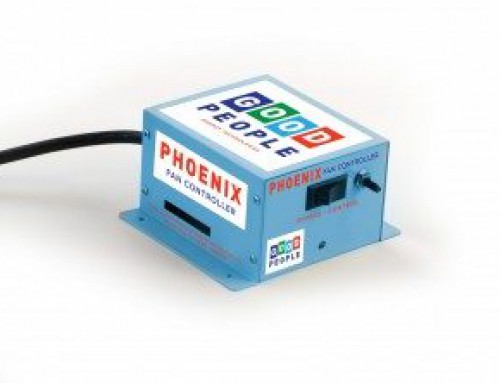So, when most people start drinking beer, their initial challenge is to decide whether or not they like “beer flavor”. I’ll admit, when I first tried beer as a youth, I did not like “beer flavor” as represented by mass-market American lagers. It wasn’t until I discovered craft beer that I actually became a beer drinker. As you drink more beer and certainly as you start to wander the hallowed halls of craft beer, you come to realize that there’s actually quite a lot going on in “beer flavor”. And as beer geeks start bandying about brews being “hoppy” or “malty” or “yeasty,” let alone talking about “citrus finishes,” “hints of burnt coffee in the nose,” or the ever-appealing “barnyard,” the beer novice is left thinking, “WTF?” Enter the best instructional method ever for learning about beer flavors, Southern Tier Brewing Company’s Fuse Box.
Now, you could just open up the Fuse Box and enjoy the three tasty craft beers inside: PMX bottle-conditioned extraordinary ale, India Pale Ale, and Porter. My love of Southern Tier is well-documented and these beers are no exception. PMX is a pale ale with the hops and malt so perfectly balanced that it is really the yeast that does the talking with bread-like flavors. India Pale Ale is the outrider of the hop movement in U.S. brewing and tart hop flavors and smells dominate in this example of the style. Finally, Porter is all about dark, wonderful, malty flavors like bitter coffee and chocolate. Now, a craft beer newbie might reasonably ask what the heck I’m talking about. Here comes the brilliant part.
Other than water, the primary ingredients in beer are yeast, hops, and malt. Each one contributes to the flavor of the beer. Sure, in advanced beer appreciation, you realize there are all sorts of differences and nuances based on choices about the specific varieties, brewing methods, conditioning and aging, and all of the other fun stuff you can throw into a brew kettle. But at this point, the beer novice can just take it for granted that each of these beers represents a key beer ingredient. Want to appreciate yeast flavors, that’s PMX. Looking for hops, that’s IPA. Want to understand what malt does, look no farther than Porter.
But wait, there’s more. This is where the “Fuse” in Fuse Box comes in. Start mixing and seeing how these beer flavors interact and change. That’s right, beer fusion. Obviously, people have been mixing beers for a long time. Pouring Guinness over Bass ale in a black and tan is a time-honored bar tradition. Don’t worry, you aren’t expected to keep them from mixing when you pour. Mixing is the point.
The Fuse Box even comes with a list of recipes to try out—not that it would take a chemist or brewmaster to figure these things out. They also provide ideas for mixing with other beers outside the box. I will say that the mixing and sampling your own beer concoctions was a great deal of fun, even for an experienced craft beer drinker. Not that we couldn’t do this without the box, but I feel better about it having the brewers’ permission to mess with their creations.
And for the beginners, it is great place to start for learning about their own palette. You find that an IPA is too bitter for you, see what happens when you cut it with PMX or Porter. Along the way, you will realize that all three flavors are there in most beers and much of what you do or do not like is about proportion and balance. Hops are not the enemy. You don’t have to fear the malty darkness. Yeast isn’t just for bread. As you master these three elements, it will go a long way to helping you appreciate craft beer, order the right style for your tastes, and hopefully move to the next level of appreciating more subtle differences in flavors, styles, and individual brewer’s expression and experimentation.







